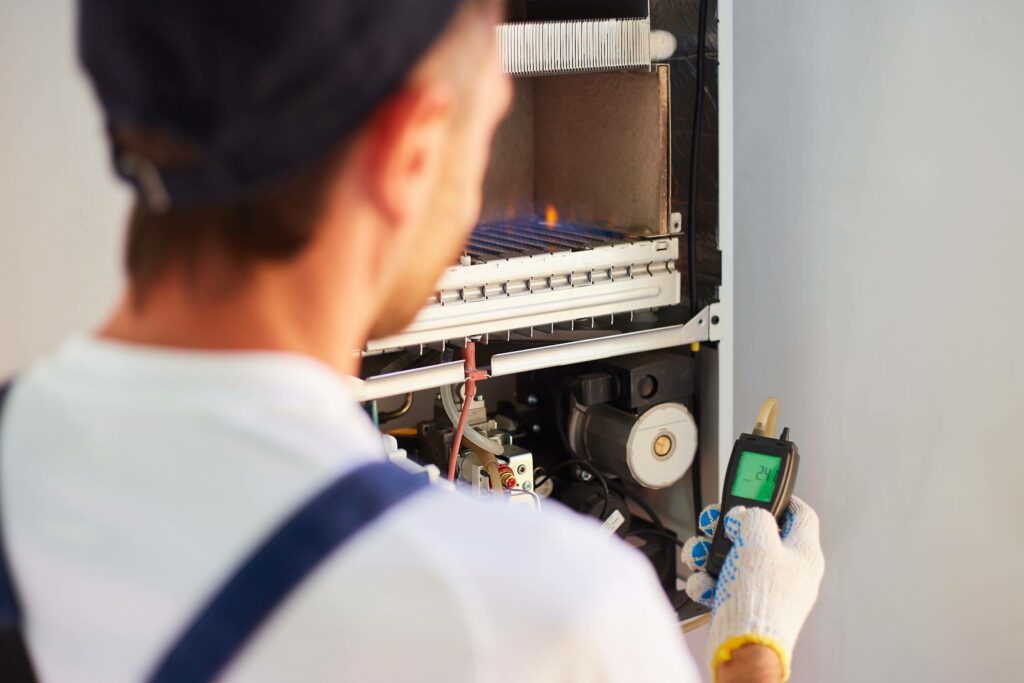Heater Installations
Expert Heater Installations
At RedHome, we take a customer-first approach to ensure a stress-free installation process. Whether you’re building a new home or expanding on an existing property, it is essential to choose a reputable installation company to ensure your system is installed properly and equipped to handle your heating needs. The right installation will ensure your home stays warm and comfortable during the colder months, help you save money on your energy bills, eliminate the need for repairs, and last for many years to come.
-
Lower Energy Costs
-
Smart Home Options
-
Customized Installations
-
A More Comfortable Home
-
1-Year Comprehensive Warranty
Installations for New Austin Homes
A heater installation is a crucial aspect of ensuring your family's comfort and safety. There are several considerations to keep in mind when choosing a heating system for your new home, such as the size of the home, layout, your goals, budget, and available fuel type. A central heating system distributes warm air throughout the home using ducts and vents. These systems are fueled by natural gas, propane, or electricity and include heat pumps and furnaces.
Furnaces are also generally less expensive to install than heat pumps, however, they require a fuel source, which can add to energy costs over time. While the upfront costs of a heat pump are higher, these heating units use less energy than furnaces in the winter, making them more environmentally friendly and potentially more cost-effective in the long run.
Ultimately, the decision between installing a furnace or a heat pump in a new home will depend on several factors, such as climate, budget, and energy preferences. A professional RedHome installer can help determine which system is best suited for your home's unique needs and can provide valuable guidance on installation, maintenance, and energy efficiency upgrades.
Installations for Add-Ons & Home Expansions
When adding an expansion to your home, it's important to consider how you'll heat the space. Depending on the size and layout of the new area, you can install a separate heating system or extend your existing solution.

If your home has a central heating system, extending it to the new area may be the simplest and most cost-effective solution. This can involve adding ductwork or baseboard heaters to the new room or area. However, keep in mind that if your current system is already at full capacity, you may need to upgrade it to handle the additional load.
A mini-split system, on the other hand, doesn't require ductwork. Instead, it consists of an outdoor unit and one or more indoor units that are mounted on the wall or ceiling in a variety of spaces, including new additions, converted garages or attics, or even small apartments or condos. This means that you can add heating to a new space without the need for expensive and intrusive ductwork installations.
